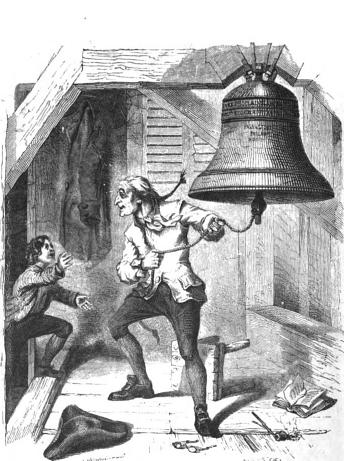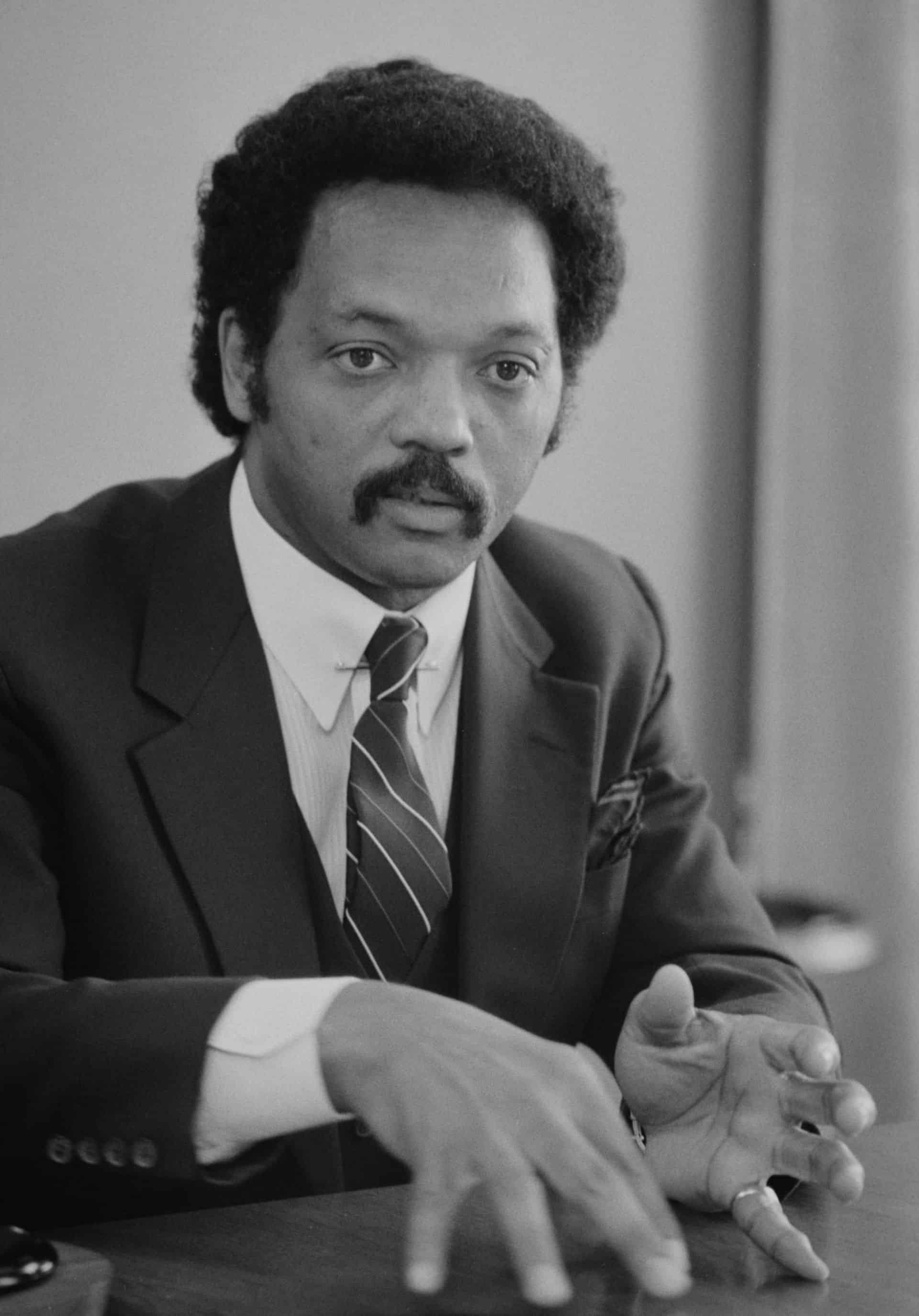How Black Political Leaders Misrepresent History to Exploit Their Own People
Here’s my hypothesis about people who use slavery to trash the Founders: They have contempt for our constitutional guarantees of liberty. Slavery is merely a convenient moral posturing tool as they try to reduce respect for our Constitution.
—Walter E. Williams—
This article is available in an expanded version here.
Part 4 is available here.
Links to all the articles in this series are available here.
We concluded part 3 of this series two weeks ago with this You Tube video. At the outset of his presentation, host Dan Willoughby offers this intriguing analogy. A headline reads, “Man Pushes Old Woman to the Ground,” and from the story we learn that the mayor gives him a medal! What’s happened? When we dig to find out, we learn the man pushed the woman out of the way of an oncoming bus and saved her life. Things weren’t as they initially appeared.
With this illustration in mind, consider this excerpt from a news article we cited in last week’s post. The following is from an article by S. Davis and appearing on August 4, 2016.
In addition to blacks being owned in this land of the free they had the glory of being counted as three-fifths of a person in the U.S. Constitution of 1787 (Article I, section 2). Over time the clause has been misinterpreted to mean that blacks were counted as three-fifths of a person or three-fifths of a complete citizen of the country—although I clearly see why anyone could make that argument. I won’t even dispute them. The clause was written to count enslaved blacks as three-fifths of their white counterparts for direct representation in Congress. Even with the correct explanation of the clause a simple question of, “Why aren’t all lives equal on a one-to-one basis?” can easily be posed. This is another instance of black lives being devalued.
Let’s take this same approach to the Three-Fifths Compromise (explained here) and apply it to the story cited in the video. Taking this approach, one might describe the news story this way.
A man pushed an elderly woman to the ground and received praise and recognition from the mayor’s office for doing so. When hearing about the incident, many people have misunderstood why the man tackled the woman—even when they hear he was pushing her out of the way of an oncoming bus. The man saved the woman’s life, but I still understand why they think this guy acted aggressively against her. I won’t even try to tell them they’re wrong. Even when you know the man saved the woman’s life, you still can ask the question, “Why in the world would this man be so abusive to a helpless old woman?” Here we have yet another example of a man roughing up a helpless senior adult and getting away with it!
I mean no disrespect to Mr. Davis, and there are clear differences between these two situations. However, in significant and relevant ways, the above description of the rescue parallels his description of the Three-Fifths Compromise. The two descriptions contrast sharply in part because in what was said about the Constitution, further explanation is needed to highlight the positive outcome—preserving the Union under the Constitution’s provisions eventually would be of great benefit to the slaves. With the rescue, there was an immediate and obvious happy ending. The negative outcome of the Three-Fifths Compromise—the continuation of slavery—is obvious; but the harsh reality was that slavery was going to continue whether compromise was reached or not.
To his credit, Mr. Davis acknowledged that the counting of slaves was for representation purposes, as did several of the writers we cited last week. Yet, even with this basic information, people don’t know all they need to know to understand that counting slaves fully would have been to the slaves’ disadvantage, and not counting them at all would have been to their advantage. Recall that a full count would translate into more advocates for slavery in the House of Representatives and not numbering them would mean fewer.
Leaders such as Jesse Jackson, Al Sharpton, Jeremiah Wright, and Barak Obama have misrepresented and criticized the US Constitution.
Jesse Jackson in 1983
It doesn’t take an expert in human relations to see that some leaders intentionally are fueling anger and resentment in the black community for their own personal gain.
It doesn’t take an expert in human relations to see that some leaders intentionally are fueling anger and resentment in the black community for their own personal gain.
Imagine a black leader declaring to his or her African-American audience something like this: “You never have been able to get a fair shake in this country, because when the Constitution was drafted at the dawn of America’s existence, each of your ancestors was considered only three-fifths of a human being! The Liberty Bell didn’t ring out for you! It rang out only for white folks!”
Racism can and sometimes does exist among whites, of course, and it should be condemned by blacks and whites alike. There is a difference, however, between appropriate condemnations of racism and the rhetoric in which some black leaders engage. Black leaders are guilty of racism when they stir up resentment among blacks toward whites because of the egregious sin of slavery. No one in the audiences of these leaders ever was an American slave. This doesn’t excuse racist acts of any kind committed against blacks today or earlier. Some of these have truly been brutal and inhuman. Still, the issue of slavery has been settled. The very country Jesse Jackson and others malign ended slavery permanently within its borders with a bloody civil war. Yet they continue to mislead their people.
In this environment, we need to make sure we know and can present the truth about what happened when America was founded and in the years that followed.
Join me next week for an eye-opening journey into the past.
Part 6 is available here.
Copyright © 2016 by B. Nathaniel Sullivan. All Rights Reserved.
Watch Jesse Lee Peterson’s video “How Black Liberals Exploit Black America & Divide The Races!”
Top image: The Bellman Informed of the Passage of the Declaration of Independence, an image initially appearing on the front page of Graham’s Magazine in June of 1854


Be First to Comment